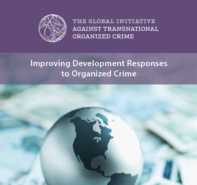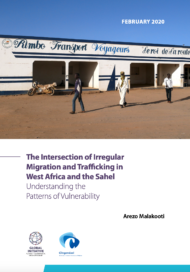Posted on 20 Oct 2006
Opium poppy (Papaver somniferum) cultivation has been illegal in Afghanistan since January 17th 2002; however considerable problems have ensued in the implementation of this ban and many provinces have seen either an increase (often at record levels) or stabilization in the amount of opium that is produced. Few provinces have seen a considerable reduction and of those that have, they have not attained a status quo at the reduced level, but rather, have experienced a resurgence of growth. In conjunction with these fluctuations is the disturbing observation that provinces that did not traditionally grow opium poppy are now cultivating copious amounts. To ensure that future Counter Narcotics (CN) strategies are both sustainable and effectual, there is a necessity for pervasive understanding of the reasons for variations in opium poppy cultivation throughout Afghanistan.
Considerable antecedent international and national research has drawn attention to the foreseeable complications for opium poppy reduction; providing explanations of its role as a ‘viable’ coping strategy for large segments of the Afghan populace throughout the country’s recent history. These precedent works have provided extensive and comprehensive information about socio-economic considerations and indicators of factors that induce opium poppy cultivation. However, these works have largely failed to consider key motivational considerations outside of materialistic concepts.



